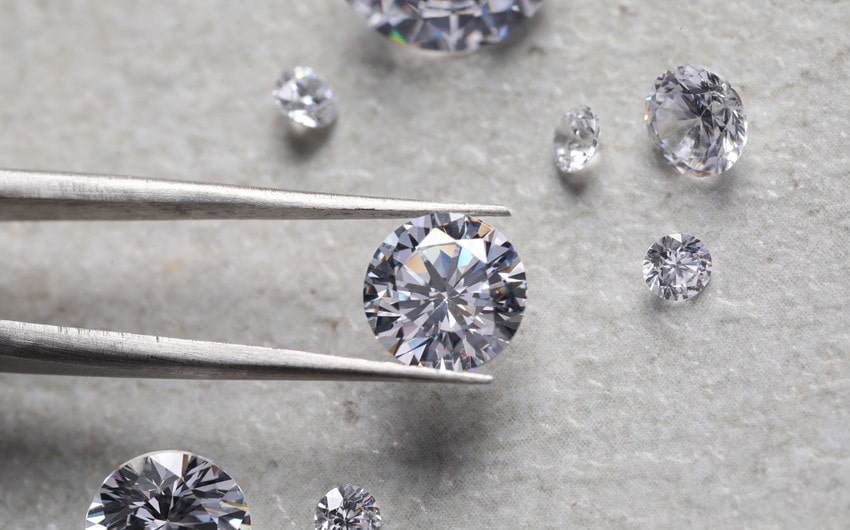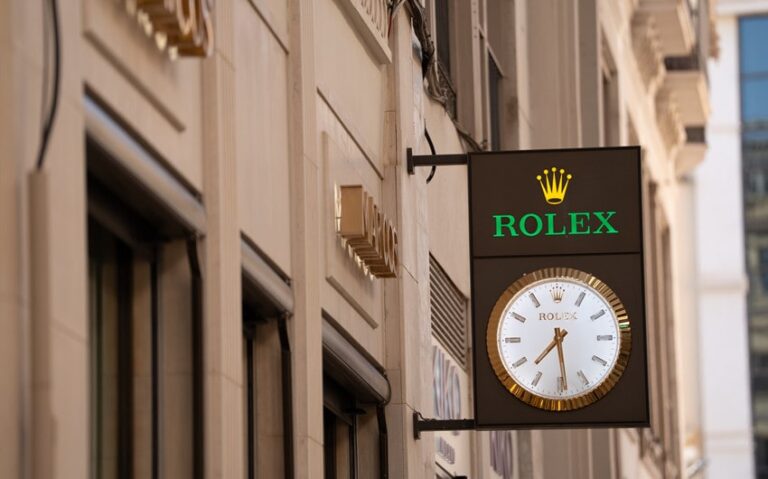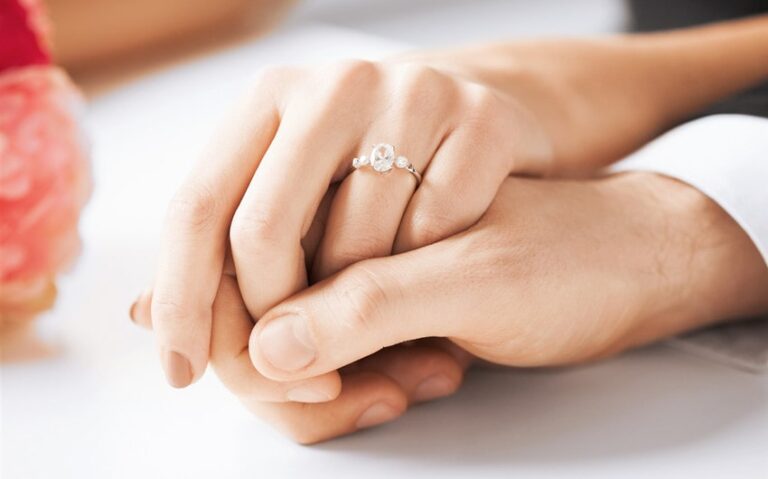Why Diamonds Are So Hard and What Makes Them Nearly Unbreakable
Every time I look at a diamond, part of me wonders what it’s really made of. Not metaphorically—like strength or love or pressure—but chemically, physically. Why are diamonds so hard? Why can they scratch almost anything but hardly be scratched in return? Turns out, the answer lives somewhere between science and deep time.
It’s All About Carbon—But Not Just Any Carbon
At their core, diamonds are pure carbon. The same stuff found in charcoal, pencil graphite, and even living organisms. But what makes diamonds different—and almost indestructible—isn’t what they’re made of. It’s how their atoms are arranged.
In a diamond, every carbon atom bonds with four others in a tight, symmetrical tetrahedral structure. This bonding pattern extends throughout the entire crystal, forming a rigid three-dimensional lattice. Each bond is covalent, meaning the atoms share electrons very strongly. These aren’t weak, easily broken links—they’re some of the most stable chemical connections known in nature.
This perfect internal geometry creates a strength that’s more than the sum of its parts. Compared to graphite, which also consists of carbon but in loosely bonded sheets that slide over each other, diamonds are tightly packed and unified. Graphite feels soft and flakes apart; diamonds resist pressure from almost every direction.
So, while diamonds and graphite are technically made of the same element, their atomic personalities couldn’t be more different. One breaks under a fingernail; the other can cut steel.
How Pressure and Time Shape the Toughest Gemstone
Hardness doesn’t come easy. Diamonds form more than 90 miles beneath the Earth’s surface, where the environment is completely alien—temperatures around 2,200°F and pressures over 700,000 pounds per square inch. These conditions aren’t just uncomfortable; they’re essential for turning carbon into something extraordinary.
Under that kind of heat and compression, carbon atoms begin to align themselves into that distinctive diamond structure. But it doesn’t happen overnight. Most diamonds found today are between 1 and 3.5 billion years old. They were forged during a time when the Earth itself was still figuring out what it wanted to be.
Once formed, diamonds don’t just stroll to the surface. They hitch a ride through ancient volcanic pipes—rare and violent eruptions that carry them up in chunks of kimberlite rock. These eruptions happened so fast (geologically speaking) that the diamonds didn’t have time to revert to graphite. If the journey had been slower, they wouldn’t have survived in their crystalline form.
So, every diamond is not only a product of time and pressure but also of luck—lucky enough to have been created, and lucky enough to escape intact. That alone makes them worth marveling at.
Why Diamonds Are So Good at Cutting, Scratching, and Lasting
Diamonds rank a 10 on the Mohs scale of mineral hardness, the highest possible score. That means they can scratch any other substance, but can only be scratched by another diamond. This isn’t a coincidence. It’s the result of how tightly their atomic bonds are packed and aligned.
In practical terms, this hardness means diamonds aren’t just beautiful—they’re useful. Industrial diamonds (often synthetic) are used in drill bits, saw blades, and precision cutting tools. Whether you’re drilling into concrete or slicing through granite, diamonds do the job better than anything else. Their microscopic sharpness and resistance to wear make them indispensable in high-performance industries.
But it’s not just tools that benefit from diamond’s durability. Jewelry does, too. A diamond engagement ring can be worn every day, for decades, and show barely a sign of wear. That kind of resilience gives diamonds symbolic weight. They become metaphors for love that lasts, commitments that don’t fade, and endurance through time.
And they deliver on that symbolism. Many gemstones scratch, chip, or lose their polish. Diamonds? They stay almost exactly as they were when first cut—still sparkling, still sharp, still solid.
But Being Hard Doesn’t Mean Being Indestructible
This was one of the most surprising things I learned: while diamonds are incredibly hard, they’re also brittle. That means they resist being scratched or compressed, but they can still be broken or shattered if struck in the right way.
This happens because of something called cleavage planes—flat surfaces within the diamond crystal where atomic bonds are slightly weaker. If a strong enough force is applied along one of these planes, the diamond can split cleanly. That’s not just a risk—it’s also a technique. Diamond cutters use these natural fault lines to shape rough stones into faceted gems.
So while diamonds can handle daily wear with ease, they’re not immune to accidents. Drop one on a hard floor or hit it at the wrong angle, and it could chip or crack. It doesn’t happen often, but it’s possible.
This contradiction—unmatched hardness and surprising fragility—is part of what makes diamonds so fascinating. They’re not superhuman. They’re strong, yes, but they’re also vulnerable in specific, sometimes invisible ways.
Lab-Grown Diamonds Share the Same Superpower
There was a time when I thought lab-grown diamonds were fake, like costume jewelry. But they’re not. Chemically and structurally, lab-grown diamonds are identical to natural ones. They have the same carbon lattice, the same hardness, and the same sparkle. The only difference is their origin.
Instead of being formed underground over billions of years, lab diamonds are created in high-tech chambers that replicate the Earth’s extreme pressure and heat. Two main methods are used: High Pressure High Temperature (HPHT) and Chemical Vapor Deposition (CVD). Both take a few weeks to grow a diamond that’s indistinguishable from one pulled out of the Earth.
And yes, they’re just as hard. They’ll cut glass, resist scratches, and survive everyday life just like their natural counterparts. In some cases, they’re even “cleaner” in terms of clarity and environmental impact.
So when someone says a diamond is lab-grown, it doesn’t mean it’s weaker. It means it’s the product of human ingenuity—a shortcut to the same structure nature perfected over millennia. Different origin, same strength.
The Poetry of Pressure and Structure
In the end, the reason diamonds are so hard comes down to two things: atomic structure and geological violence. Perfectly bonded carbon atoms locked in a grid that’s both elegant and unyielding. Created in darkness, under pressure, and against time.
That story alone is what gives diamonds their mystique. It’s not just about luxury or sparkle—it’s about resilience. They’re what happens when ordinary elements are tested to their limits and emerge stronger, brighter, and unbreakable in most ways that count.
I like that idea. That hardness isn’t just about toughness—it’s about how something is built. That pressure, when endured, doesn’t just crush—it can also crystallize. And that beauty, sometimes, is a byproduct of survival.






